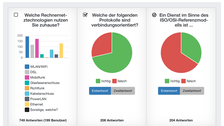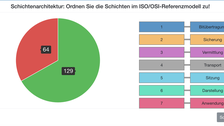Computer Networks lecture & practical: Dr. Markus Wutzler (#MW1)
Brief Description
The Faculty of Computer Science’s Computer Networks course provides an introduction to computer networks and familiarizes students with the basic principles, technologies and protocols of computer networks. Lecture content is available as videos with slides. Students can work on practicals and check the answers independently online. Solutions and any questions are discussed on site.
Keywords
- Computer networks
- Blended learning
- Self-assessment
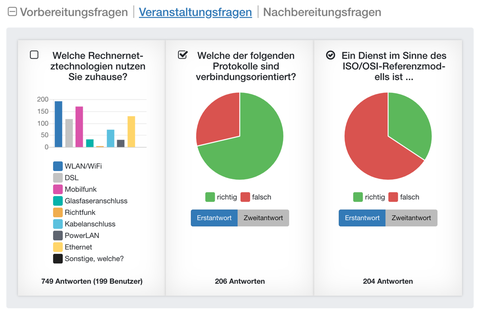
© Markus Wutzler
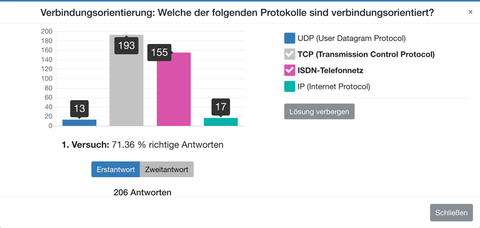
© Markus Wutzler
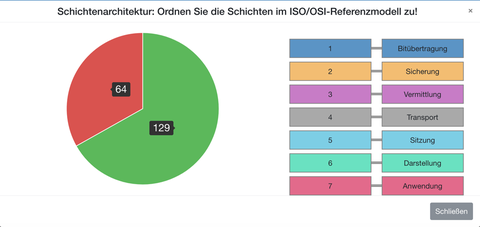
© Markus Wutzler
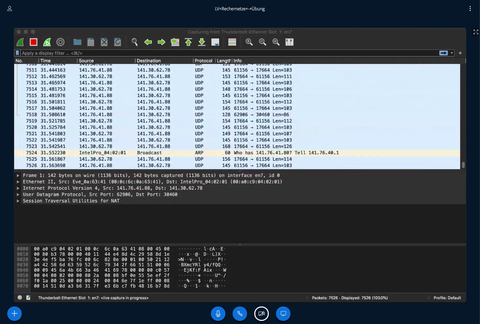
© Markus Wutzler
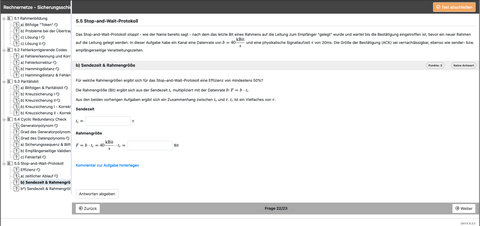
© Markus Wutzler
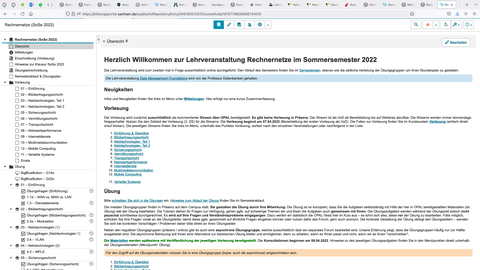
© Markus Wutzler
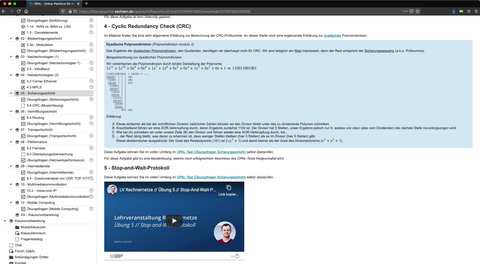
© Markus Wutzler
What makes this gem special?
This course is geared towards a variety of students from different faculties and areas of study. It is seldom possible to split the students into various (degree program-specific) practical groups due to scheduling conflicts. In order to accommodate the wide range of requirements and individual learning preferences of the students in our course, we provided a variety of resource types and self-assessments that can be used to gauge progress or just to study. Synchronous practical groups, both on site and online, give students the opportunity to discuss the tasks and their solutions. During the synchronous phases, the instructor leading the practical can ask additional comprehension questions to reinforce knowledge of the topics and pick up on any mistakes.
The lecture content is provided in the form of brief videos along with presentation slides. There are no on-site lectures, as the majority of students find it easier to engage with the questions in the practical groups. Instead, students had the opportunity to conclude each lecture sequence with a small self-assessment. Alternatively, they could pose questions in the forum (in OPAL).
The self-assessments were designed using OPAL/Onyx and can be repeated by the students as many times as they like. Many questions include explanations, so that even incorrect answers constructively support learning. There are also practical tasks whose solutions can be submitted. The instructor leading the practical checks the solution, gives constructive feedback and, if necessary, also provides a sample solution. In synchronous phases, the submitted solutions are discussed (anonymously) to highlight the fact that multiple approaches to finding a solution are possible.
Related links
Contacts
- Prof. Alexander Schill
- Dr. Markus Wutzler
- Dr. Iris Braun
Organizational unit
Faculty of Computer Science, Chair of Computer Networks
Course size
Over 100 students
Voting ID
#MW1
